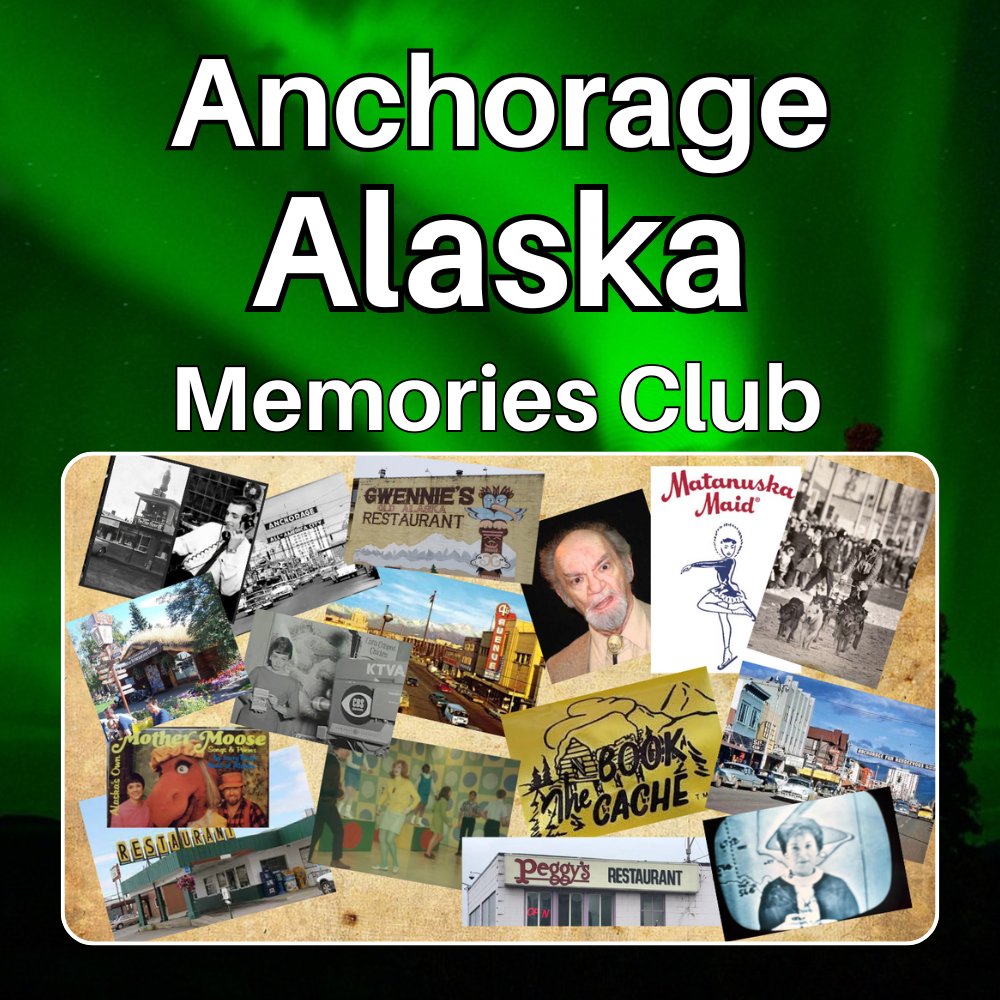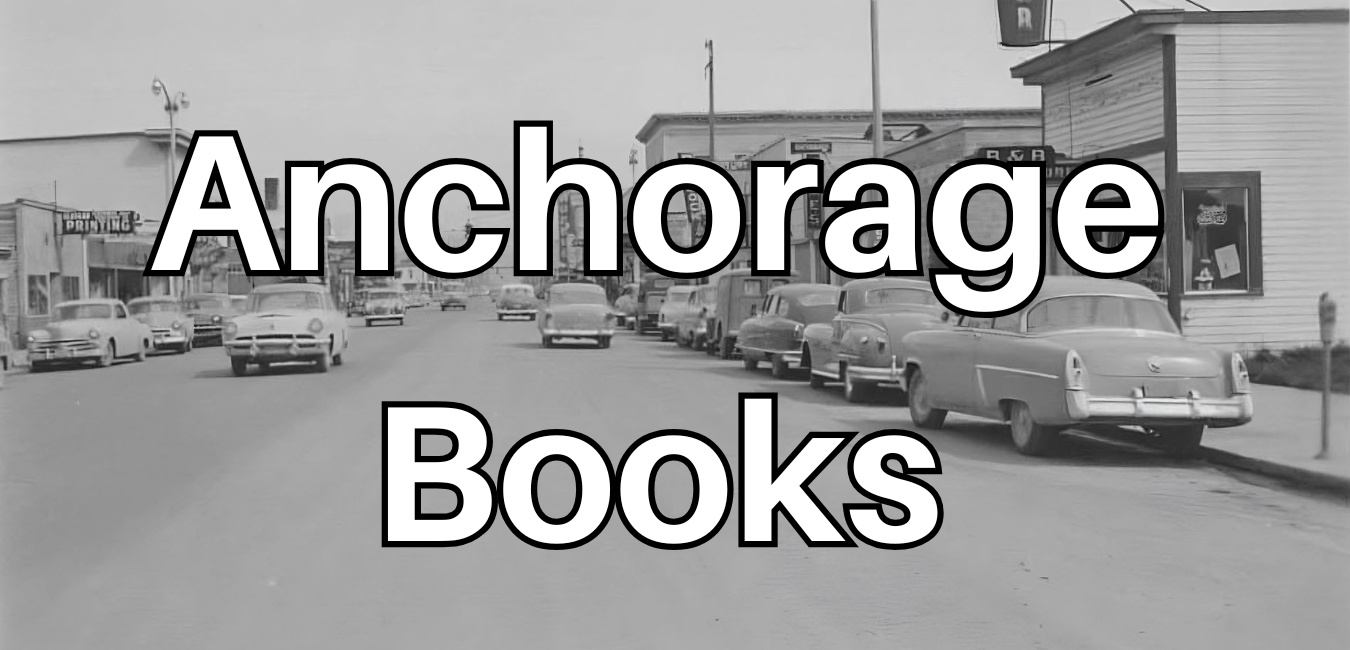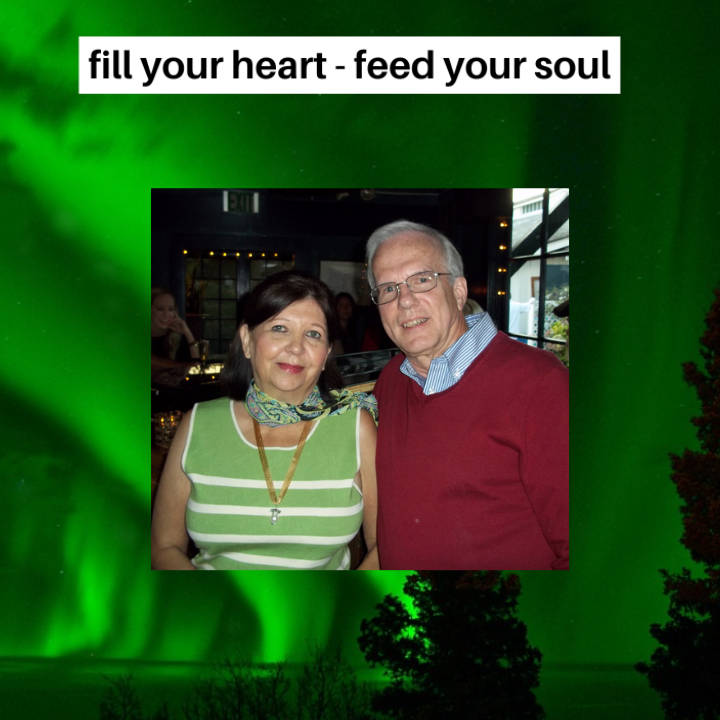Sure Fire Fun Facts About Anchorage Alaska
How many of these Fun Facts About Anchorage Alaska do you know?
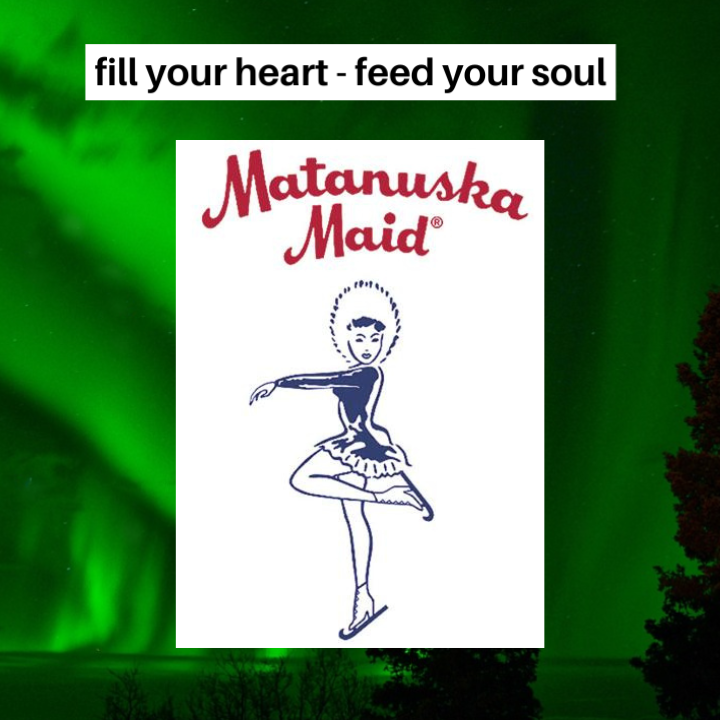
How the Dairy,
and the Maid,
Got their Names
Anyone who grew up or lived in Anchorage will remember this very popular Alaska dairy.
But did you know how the name came about?
They held a contest back in 1935 or 1936 in the Matanuska Colony to name the dairy.
A local high school student named Dorothy Ann Sheely (Bush) won the contest and a $25 prize.
Dorothy submitted the name “Matanuska Maid.”
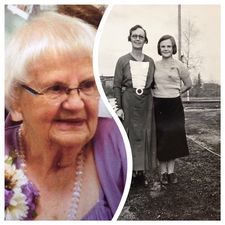
Pictured above is Dorothy in 1993 and 1923.
Pictured above is Dorothy Ann Sheely Bush in 1993. She was the Palmer school girl who won the Matanuska Maid naming contest.
Also pictured here in 1935 with Dorothy is her mom, Charlotte Sheely.
Did You Know
the Maid Had a Name?
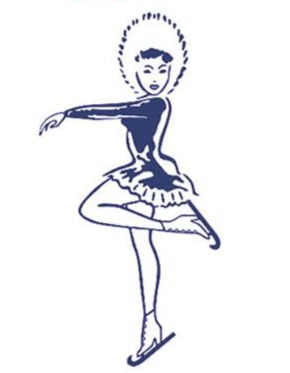
In 1960, Matanuska Maid wanted a name for the ice-skating maid featured on their dairy products.
So they held a naming contest.
Mrs. John Secora of Anchorage came up with the name “Anuska, “Anuska” which was the contest winner.
Notice that Anuska is Matanuska without the “Mat.”
BONUS
They Took a Taxi
to Fight Crime
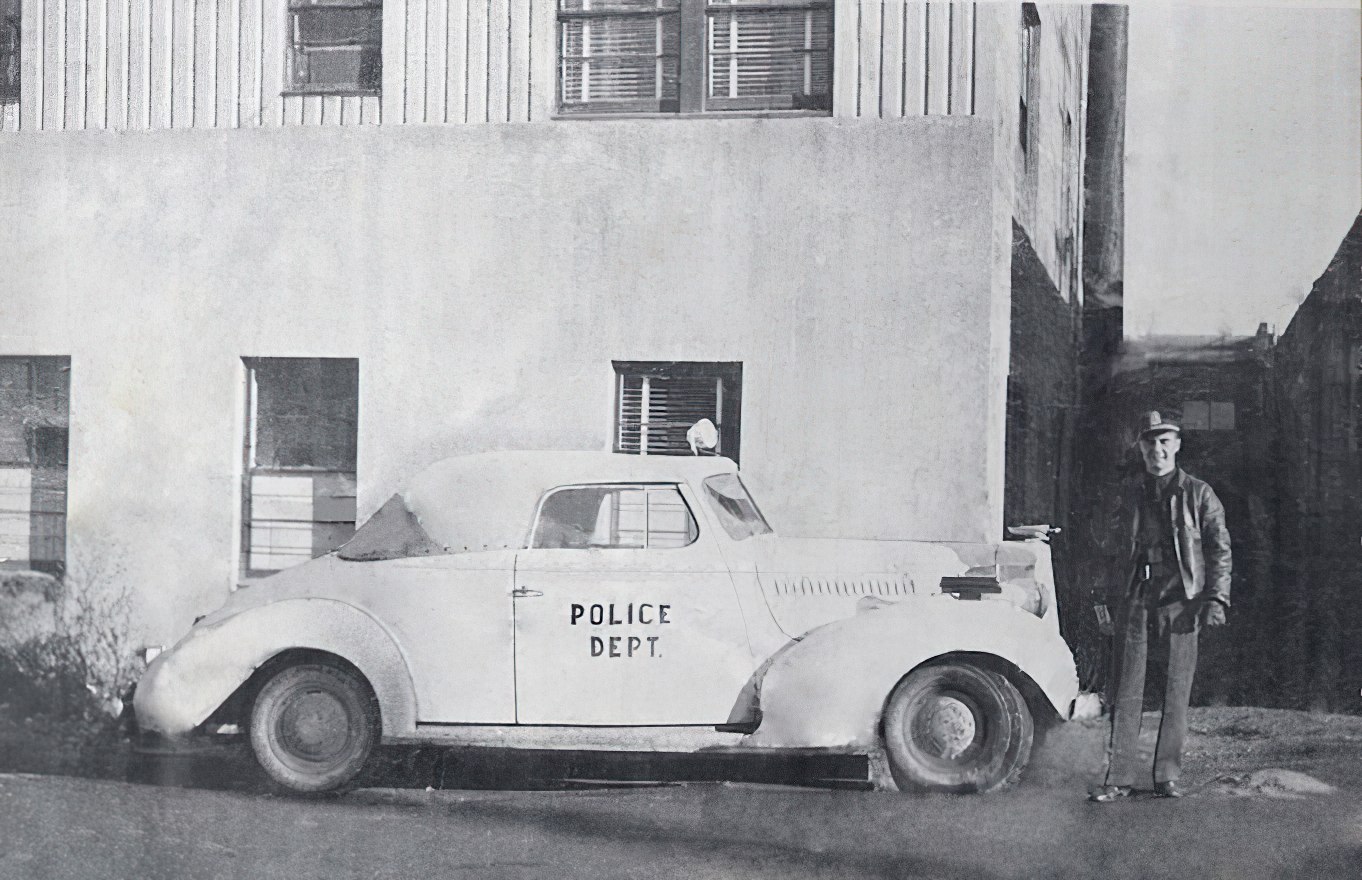
Anchorage, Alaska Police Department, circa 1940s.
Fun Facts About Anchorage Alaska, uncovered this.
In 1921, the Anchorage City Council hired John J. Sturgus as the town's first chief of police. He was a one-man department.
In 1930, the Anchorage Police Department purchased its first patrol car. It was a used Ford that cost them $63.75.
By 1935, the APD was still operating mostly on foot. To fight crime, they sometimes borrowed a citizen's car and even used taxis.
BONUS
Sally Miller was a registered nurse at one time, until she became part of the Anchorage, Alaska, history books.
In 1946, she became the first “Policewoman” in Anchorage.
At the time, her job included working on cases that involved women and children. And because of her nursing background, Miller also provided first aid during emergencies.
She was also responsible for purchasing and serving meals to prisoners three times each day.
Surfing the Bore Tide

It's true!
You'll find the nation's biggest tidal swings (bore tide) in Turnagain Arm in Cook Inlet.
The bore tide gives surfers rides that run four to six miles.
All this great wave action takes place just south of Anchorage near Girdwood, Alaska.
Surfers from all over the U.S.A. come to experience these phenomenal waves.
Star the Reindeer
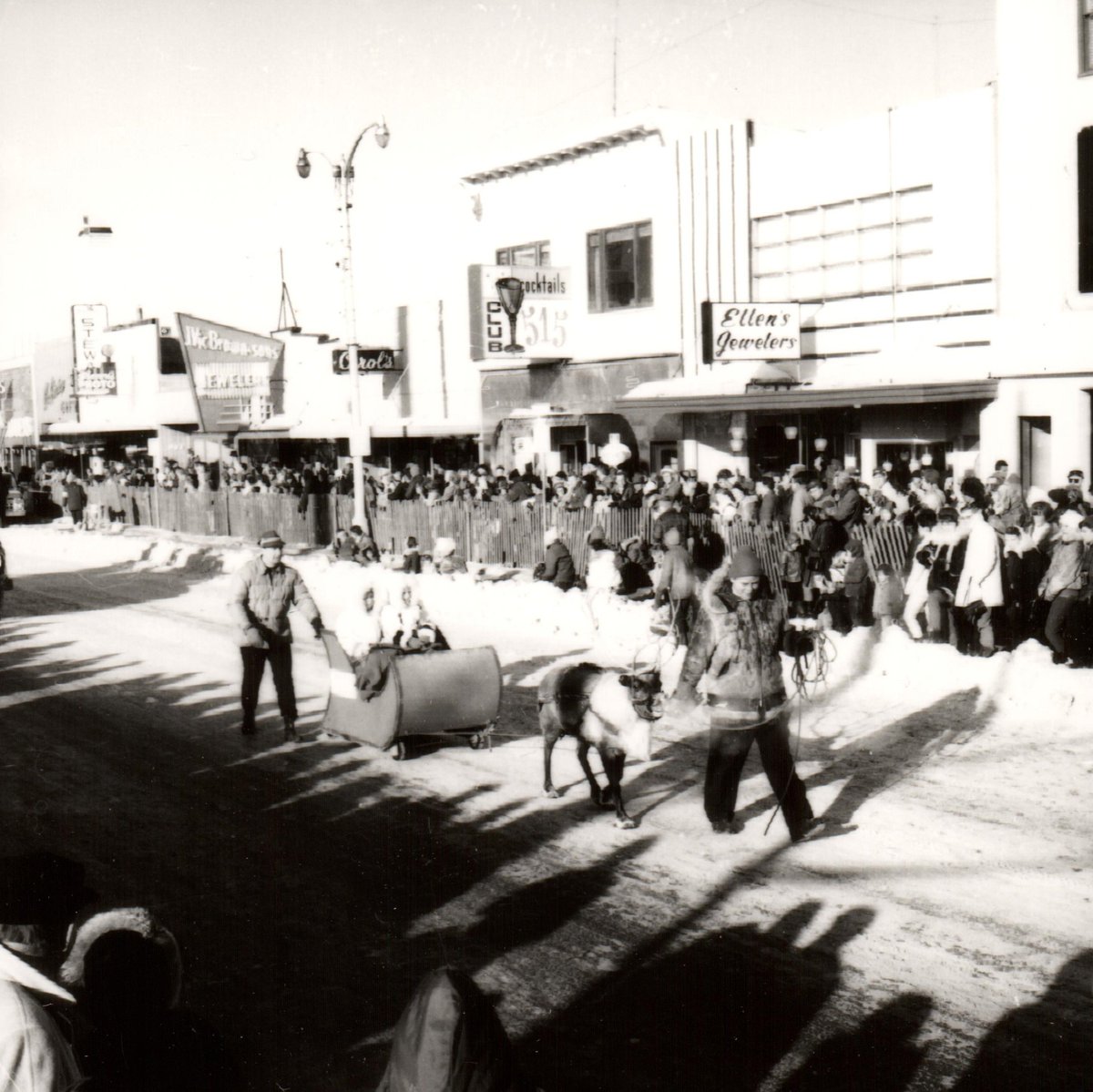
Star in the Fur Rendezvous Parade.
It all began around 1962, when Oro Stewart, of Stewart's Photo on 4th Avenue, decided she wanted a reindeer.
Then Oro and her husband, Ivan, got special permission to keep a reindeer in Anchorage.
Star was a female reindeer and got her name because of a white puff of fur in the shape of a star between her eyes.
The original star lived to be 23 years old. Since then, there have been numerous reindeer named Star.
BONUS
The Royal Pad,
and the
Cinnamon Cinder
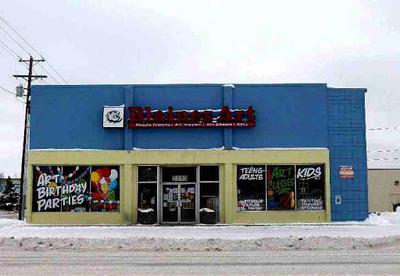
Pictured above is Blain's Paint Store, at Northern Lights and Spenard.
Fun Facts about Anchorage Alaska include:
Anchorage DJ Ron Moore, the Royal Coachman, used the top floor of Blaine's Paint Store (pictured above) as the location for his popular teen nightclub, “The Royal Pad”.
Then in 1965, a high school student named Jim Harlan turned the location into a teen nightclub called the “Cinnamon Cinder.”
In 1966, when Harlan left for college, he turned the club over to Larry Snipes and Terry Shank.
The Royal Coachman
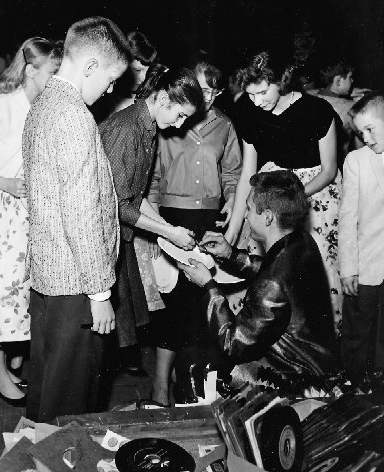
Did you know that the Royal Coachman had a name problem?
Ron Moore was one of the most popular radio personalities in Anchorage. Known as the “Royal Coachman,” he had a special theme song. He named his car the Royal Coach, and his teen nightclub was the Royal Pad, located upstairs above Blain's Paint Store in Spenard.
But when he started his top 40 call-in program from the roof of the Bun Drive-In on Northern Lights Boulevard called The Coke Show, Ron had a bit of an issue.
Local teens often referred to Ron as “RC,” which was short for Royal Coachman.
But RC was also short for a Coke competitor known as RC Cola, or Royal Crown Cola.
So, when Coca Cola began sponsoring The Coke Show, Ron carefully moved his audience away from calling him “RC.”
BONUS
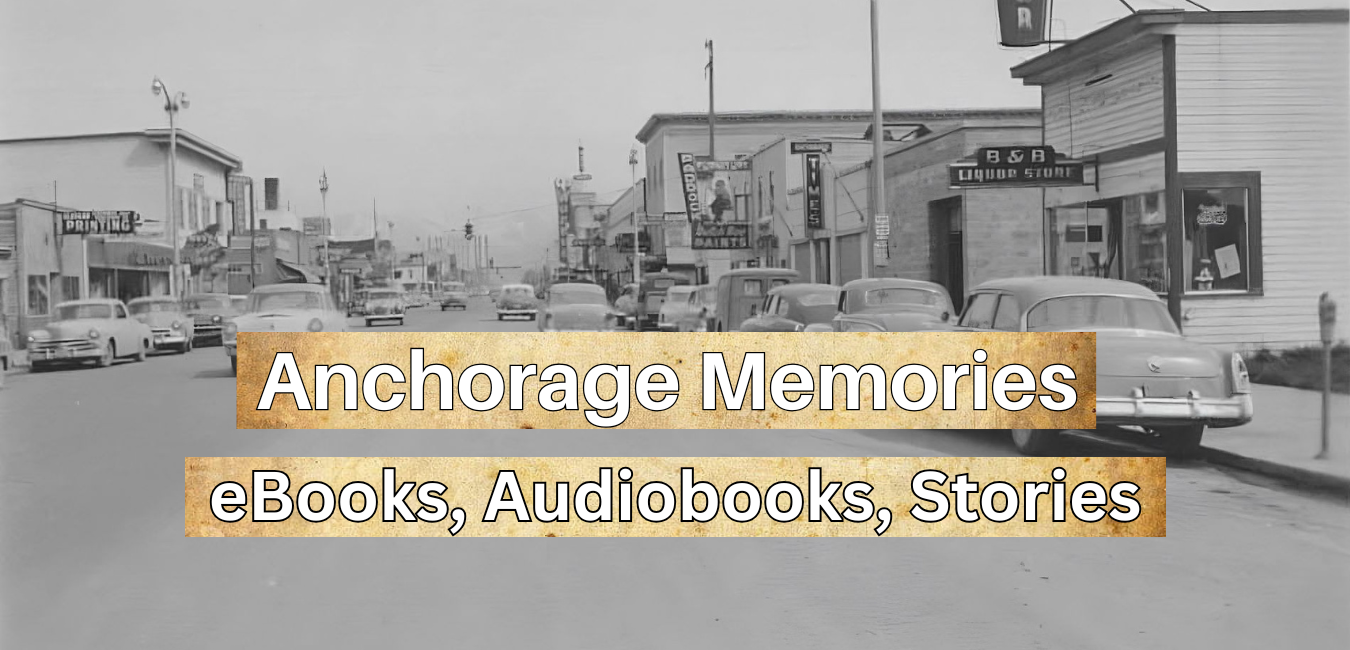
Take a look at the Anchorage Memories Store and discover
Site Summit
Missile Launches
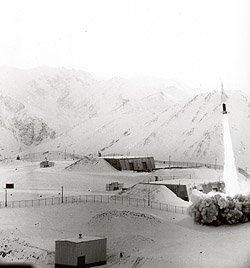
On the top of the Chugach Mountains, just outside of Anchorage, the military built a Nike-Hercules missile defense location called Site Summit.
In 1960, school students all over Anchorage watched the first missile launch as they looked toward the mountain range.
As a student at Clark Jr. High School, Mike of Anchorage Memories recalls when all the students were taken outside to the front of the school, where teachers told us where to look at the top of the mountain.
When the missile was launched, it was a remarkable site.
Missile testing continued yearly in November and December from 1960 to 1963. As Anchorage's population grew, it made further testing unsafe.
The Site Summit Star
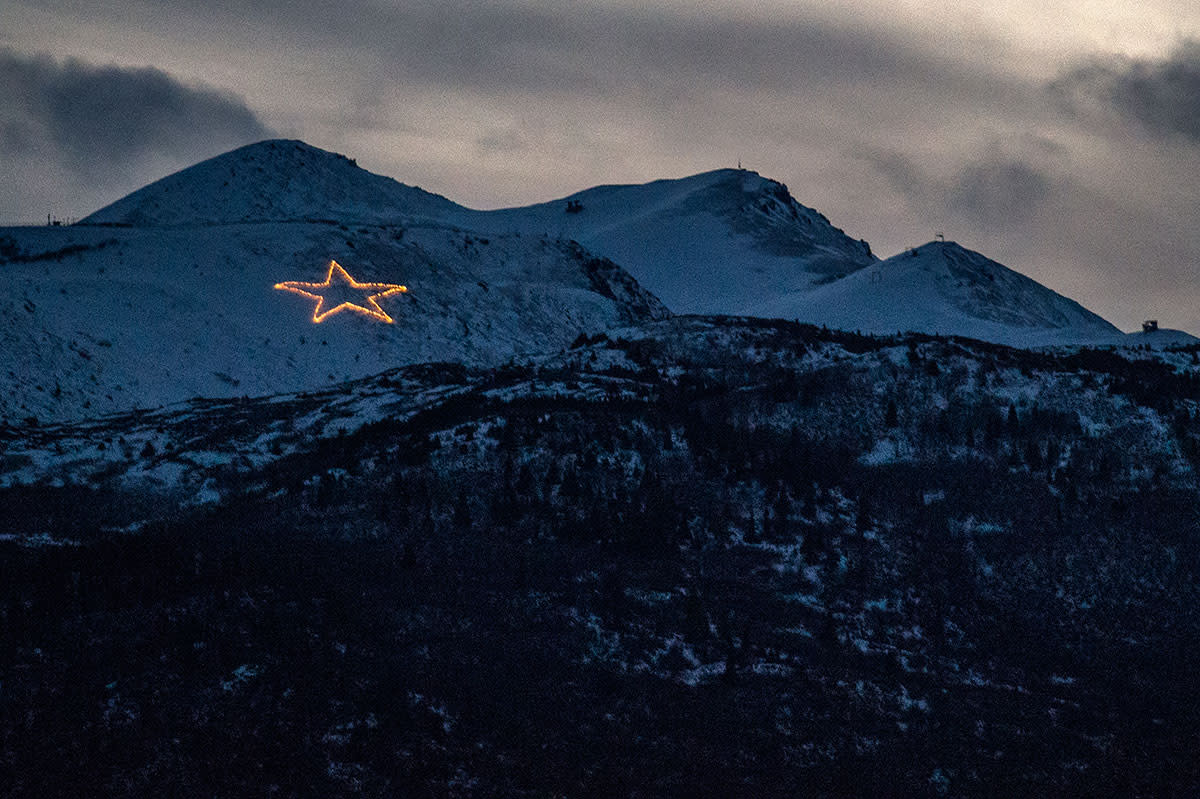
Fun Facts about Anchorage Alaska include this:
In 1958, First Battery Commander Captain Douglas Evert gave the city of Anchorage a gift.
On the side of Mount Gordon Lyon near Site Summit, they created a lighted star.
The star lights up every year on Thanksgiving weekend for Anchorage residents to enjoy all during the Thanksgiving and Christmas season.
BONUS
The First Blanket Toss
During the Fur Rendezvous
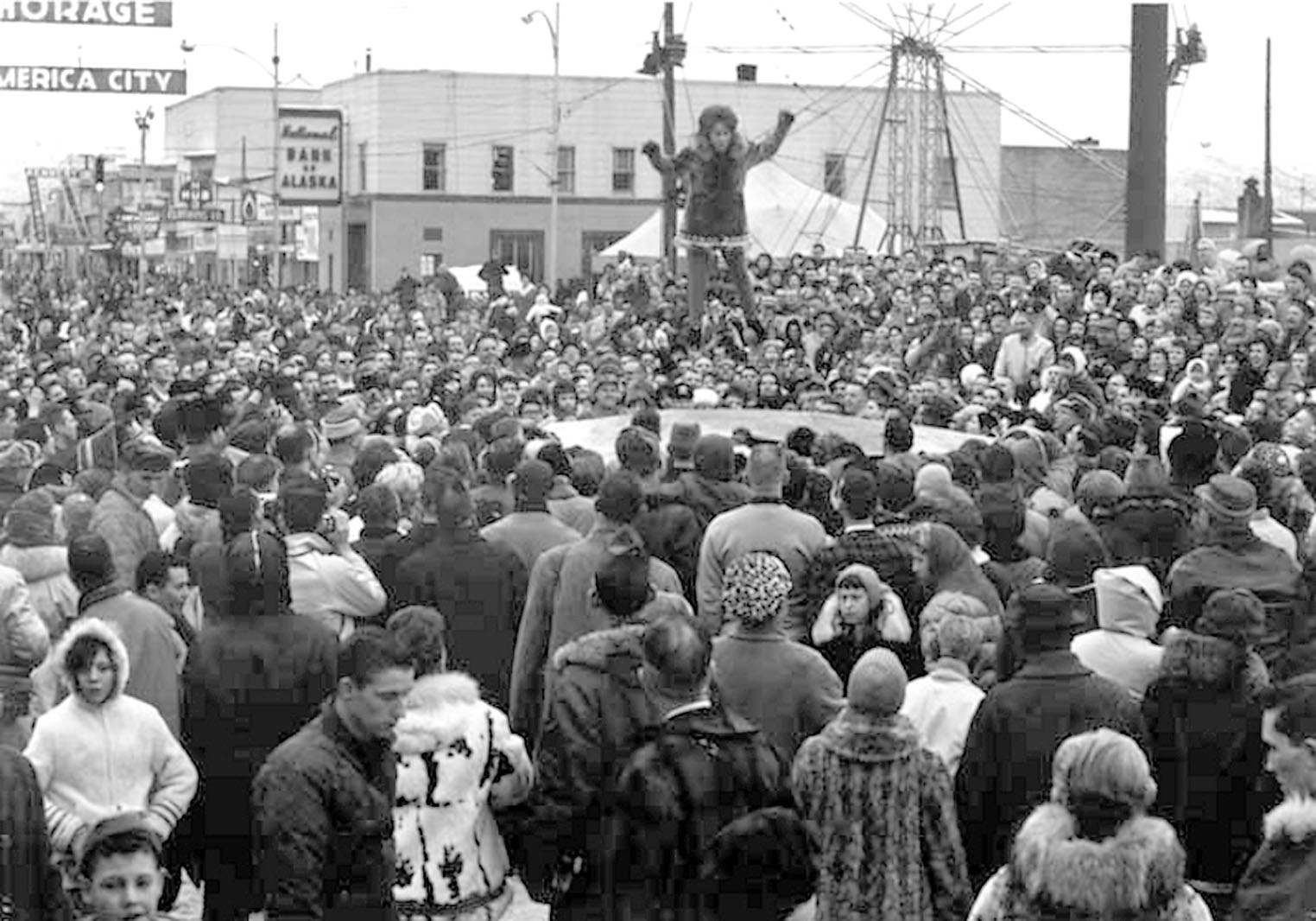
The picture above is 4th Avenue in Anchorage, Alaska.
1950 was the first year for the Blanket Toss in the Fur Rendezvous winter carnival.
Flown in from Nome and Diomede Islands, Alaskan natives came that year to demonstrate the blanket toss to happy Rondy attendees.
Adventurous people in the crowd could participate in the toss and fly high into the air for an incredible experience.
If you lived in Anchorage, are you in the crowd seen above?
BONUS
Skiing with a Great View
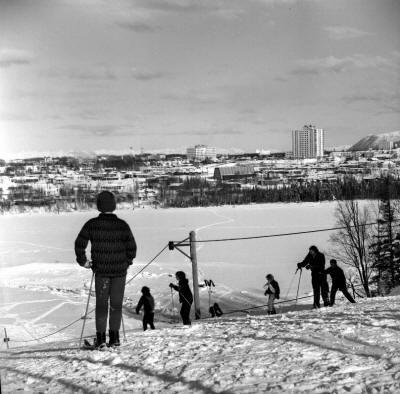
Before Westchester Lagoon, there was a ski hill with a rope-tow where happy kids and adults could spend the day enjoying a great winter sport.
It was the perfect place to learn how to ski before heading off to bigger hills near Anchorage.
Behind the skiers was West High School.
BONUS
Romig Hill got its name from Joseph Herman Romig, M.D., a Moravian Missionary Society Medical Missionary.
On October 1, 1925, Romig came to Anchorage to be the railroad surgeon at the Alaska Railroad Hospital on 2nd Avenue between A and B Streets in Anchorage.
From 1937 to 1938, Romig served as the mayor of Anchorage.
From 1939 to 1940 he was the chief surgeon at Providence Hospital
Romig Hill is where the Romig family lived in their cabin.
Frozen Treats
Summer or Winter
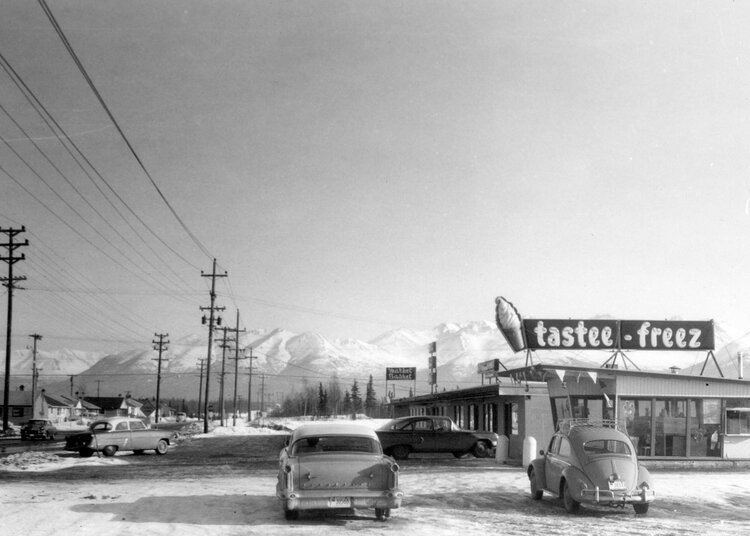
A year-round favorite.
Anchorage welcomed its first Tastee Freez, located on Northern Lights Blvd., in the late 1950s.
Lynn Cluff purchased the Tastee Freez in 1962. She also purchased two ice cream trucks and had them driven up to Anchorage over the very muddy Alaska Highway.
In those days, the Anchorage Tastee Freez was not open during the winter.
But in 1963, Lynn decided to keep her store open all year long. Hurray!
And yes, folks from all over town happily visited her Tastee Freez to get a frozen treat, even when it was 20 below.
Alaska Statehood
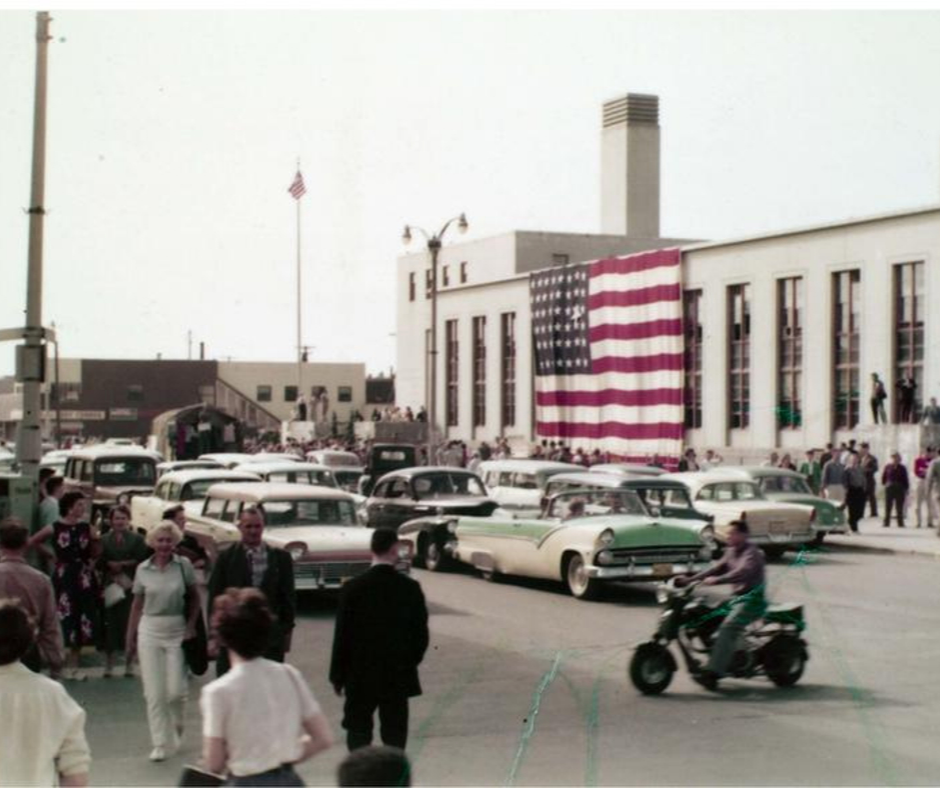
Celebrating statehood in downtown Anchorage.
On June 30, 1958, the bill allowing Alaska to become a state passed the United States House and Senate.
Notice the huge American flag on the side of the Federal Building in downtown Anchorage?
If you look closely, you'll see that they added a “49th” star to the flag to show the world that Alaska had become the 49th state.
To celebrate, there were parades, fireworks, and a large bonfire.
But it wasn't until January 3, 1959, that President Dwight D. Eisenhower signed the bill, officially making Alaska the 49th state.
The First TV Show
Seen in Anchorage
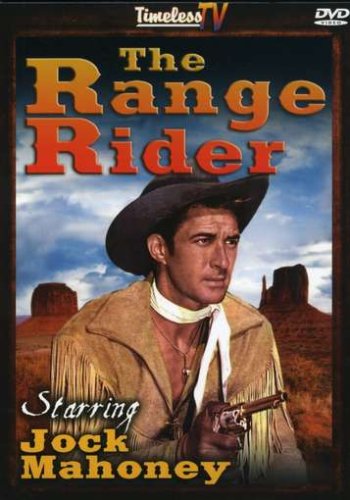
Fun Facts About Anchorage Alaska found this gem.
On December 11, 1953, KTVA channel 11 broadcast the first television show seen in Anchorage, Alaska, from their studios in the McKinley Building on 4th Avenue.
The program was “Range Rider,” a western series starring Jock Mahoney (father of Sally Field).
Other shows seen during the first week included wrestling, boxing, “The Gene Autry Show,” children's shows including “Time for Beany” and “Crusader Rabbit,” which was the first made-for-TV cartoon series.
BONUS
Fun Facts About
Anchorage Alaska
He Made the First
Night Landing in
Anchorage
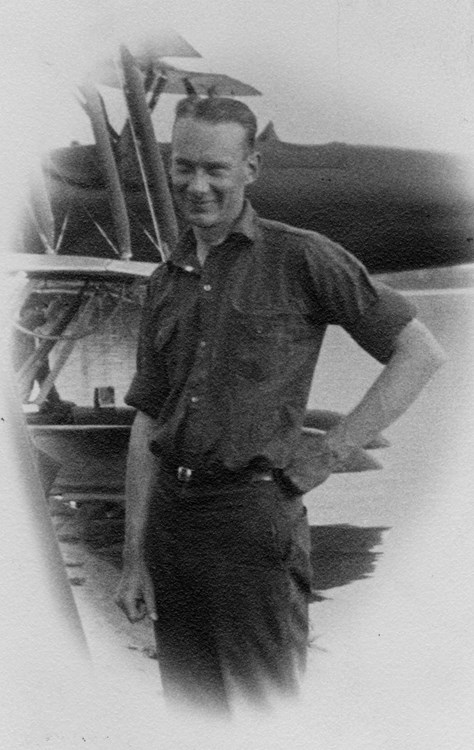
In the photo above is pioneer Alaska bush pilot Russell Merrill.
One night in 1927, pioneer aviator Russell Merrill was flying back to Anchorage with a passenger who needed urgent medical attention.
Because it was nighttime, Merrill could not properly see the landing strip (now the Park Strip) below him.
With Merrill circling above, Anchorage citizens set bonfires around the field and used automobile headlights to mark the landing zone.
Russell Merrill then made the first-ever night landing in Anchorage.
BONUS
They cleared Aviation Field, Anchorage's first airport, for planes in August 1929. The new airport, now named Merrill Field, replaced the landing strip used by Anchorage's first aviators.
The old landing strip is now the Park Strip, or Delaney Park. And it's the largest park in Anchorage.
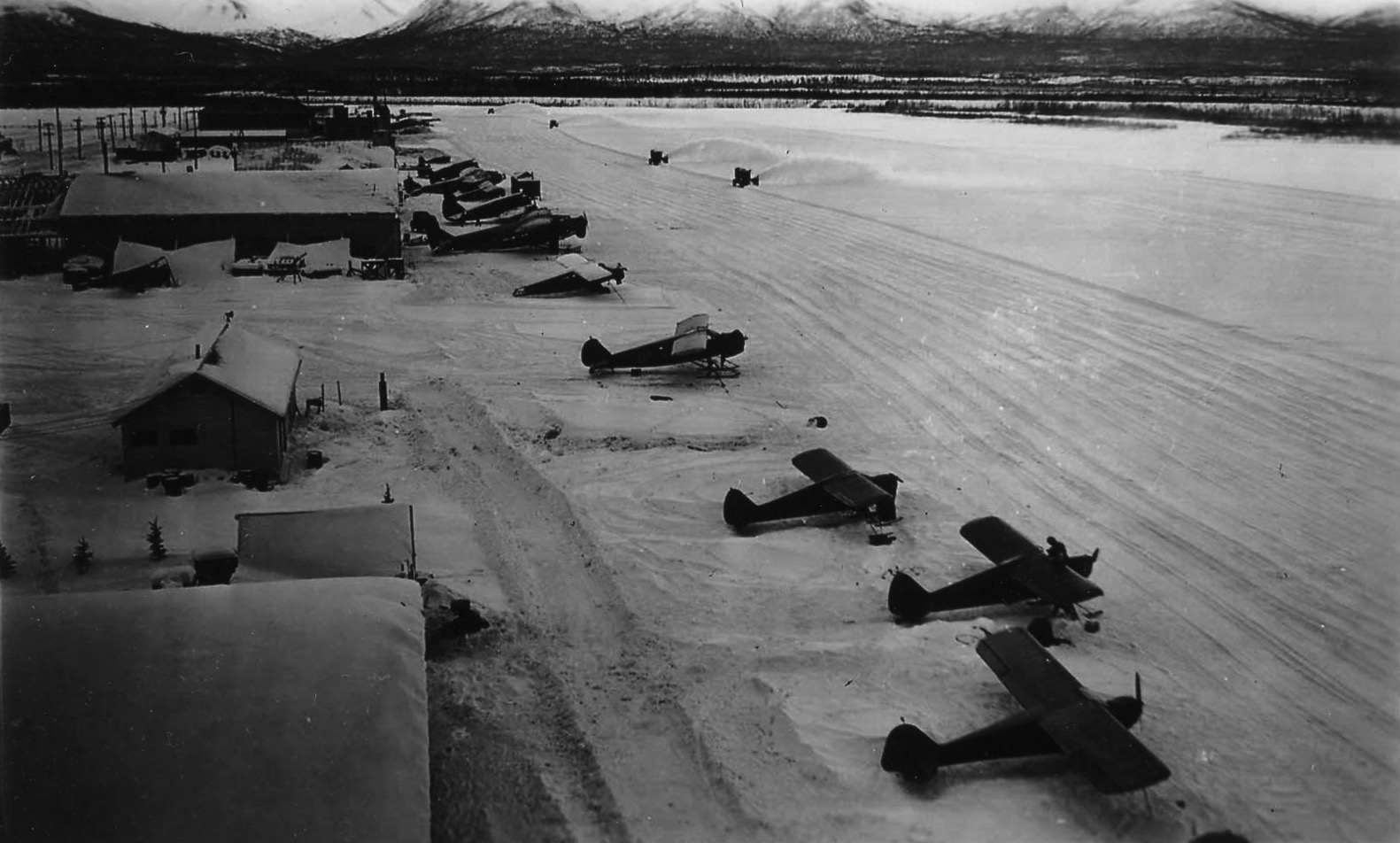
Fun Facts About Anchorage Alaska include great history.
In 1930, the Anchorage Women's Club led an effort to rename Aviation Field to Merrill Field in honor of the late Russell Hyde Merrill, one of the first bush pilots in Alaska.
“Lorene's Scrapbook”
TV Show
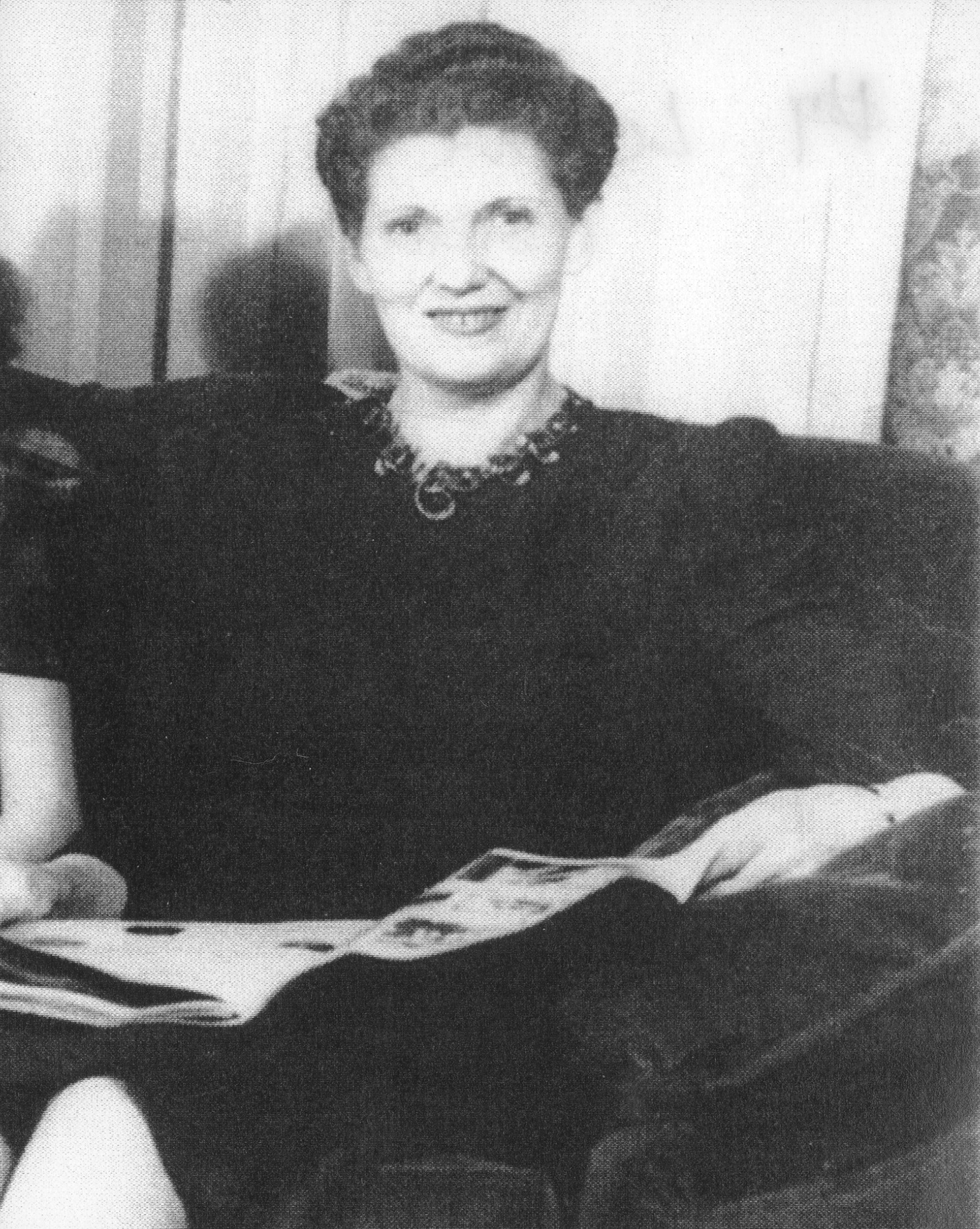
In the photo above is Anchorage pioneer Lorene Harrison.
Everyone who grew up in, or used to live in, Anchorage remembers those fine ladies who hosted popular women's shows on Anchorage TV.
Norma Goodman hosted the “Norma Goodman Show” on KTVA channel 11, and Theda Comstock hosted “The Woman's Touch” on KENI-TV (now KTUU).
But did you know that from 1954 to 1958, Lorene Harrison, who owned the Hat Box, hosted a Monday through Friday women's TV show called “Lorene's Scrapbook” on KFIA-TV (later KENI-TV, now KTUU).
The show featured interviews, cooking, sewing, music, and community events.
BONUS
He Went by the Name,
Jack Marchin
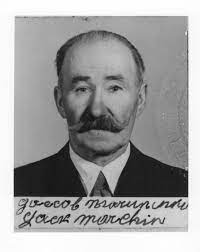
Pictured above is Jack "Russian Jack" Marchin.
Anchorage was dry and allowed no alcoholic beverages from 1915 to 1933.
Because of that, moonshine was a big business.
Enter Jack Marchin, known as “Russian Jack.” He was a bootlegger who set up his still in the area now known as Russian Jack Springs.
Jack delivered his “squirrel juice” around town in plain sight. As a boy, John Bagoy, who would become a local florist, saw Russian Jack making deliveries.
“He'd get a woman to push a baby buggy with a doll and a jug of moon underneath it.”
Years later, the area where Russian Jack kept his still would become one of the largest parks in Anchorage. Russian Jack Springs Park.
BONUS
Mountain View Circa 1952
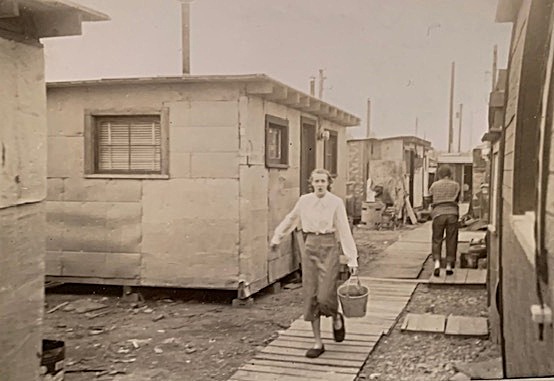
Pictured above is temporary housing in Mountain View.
photo courtesy Patricia Brown
Fun Facts About Anchorage Alaska include this one.
Following World War II, there was a lot of construction at both Elmendorf and Fort Richardson, with many people coming to Anchorage for work.
They put together temporary housing in Mountain View circa 1952 for the new arrivals to help accommodate the influx of people.
Remembering an
Anchorage Favorite
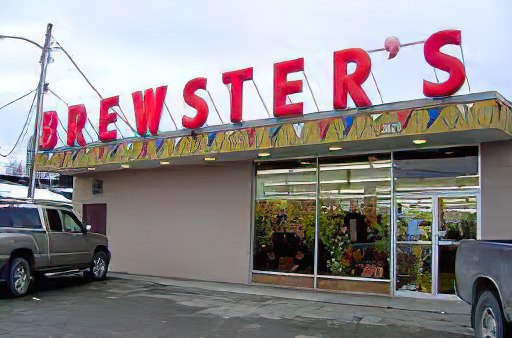
Charles H. Brewster was an Anchorage homesteader.
In 1952, he opened a store called Brewster's, located in a log cabin in the area of town known as Muldoon.
Then, in 1959, Brewster relocated his store to North Bragaw Street and Mountain View Drive in Mountain View.
His store became an Anchorage favorite.
Brewster's is now only a memory.
BONUS
The following is the Brewster's closing sale newspaper ad.
Courtesy of Cindy Pendleton
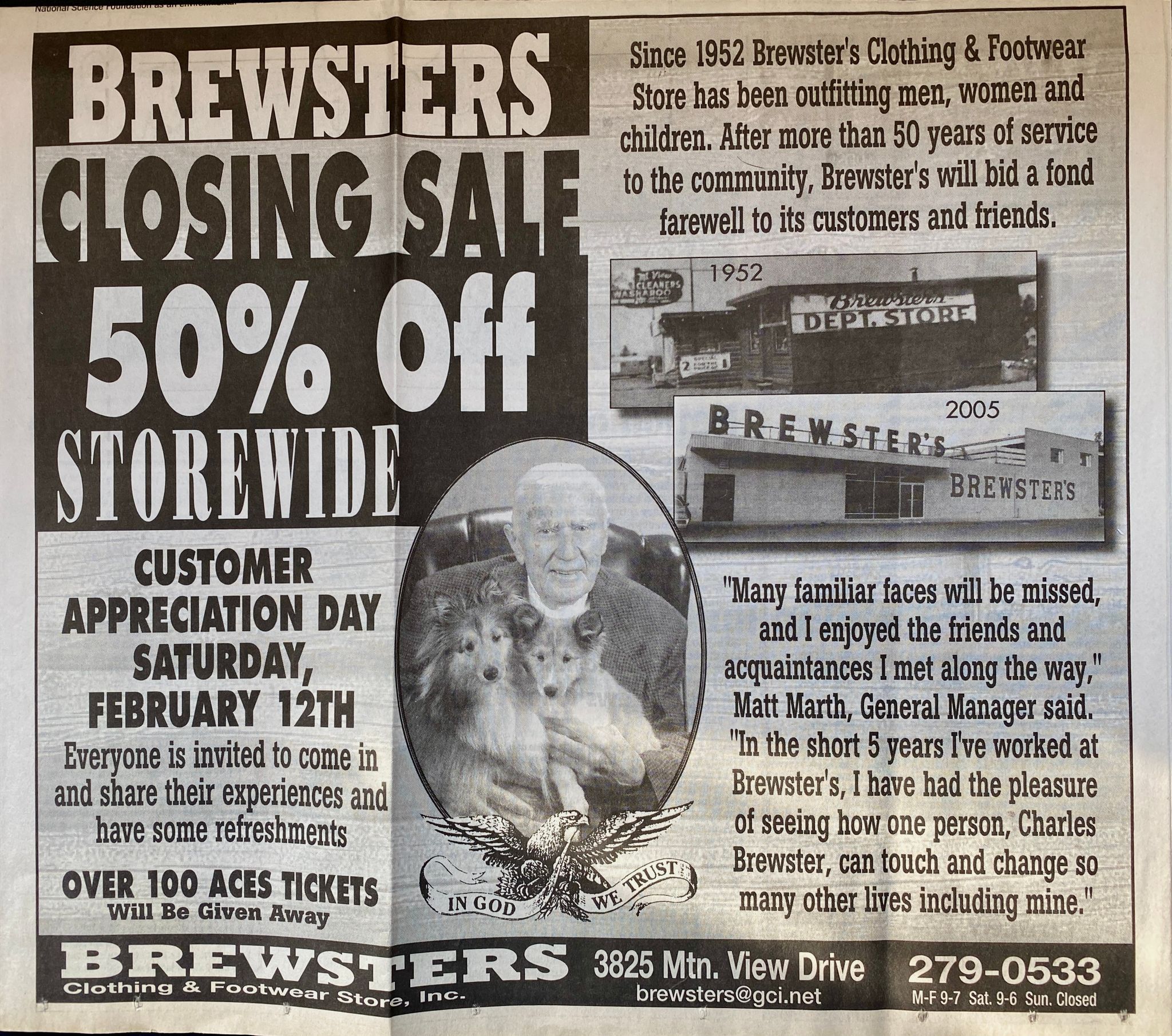
DOUBLE BONUS
In the picture below, Charles H. Brewster wows the crowd with his spectacular saddle in an Anchorage 4th of July parade.
Photo by Cindy Pendleton
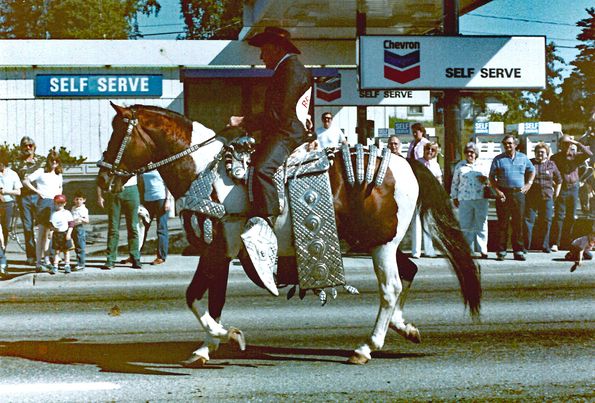
One of the First
in Anchorage
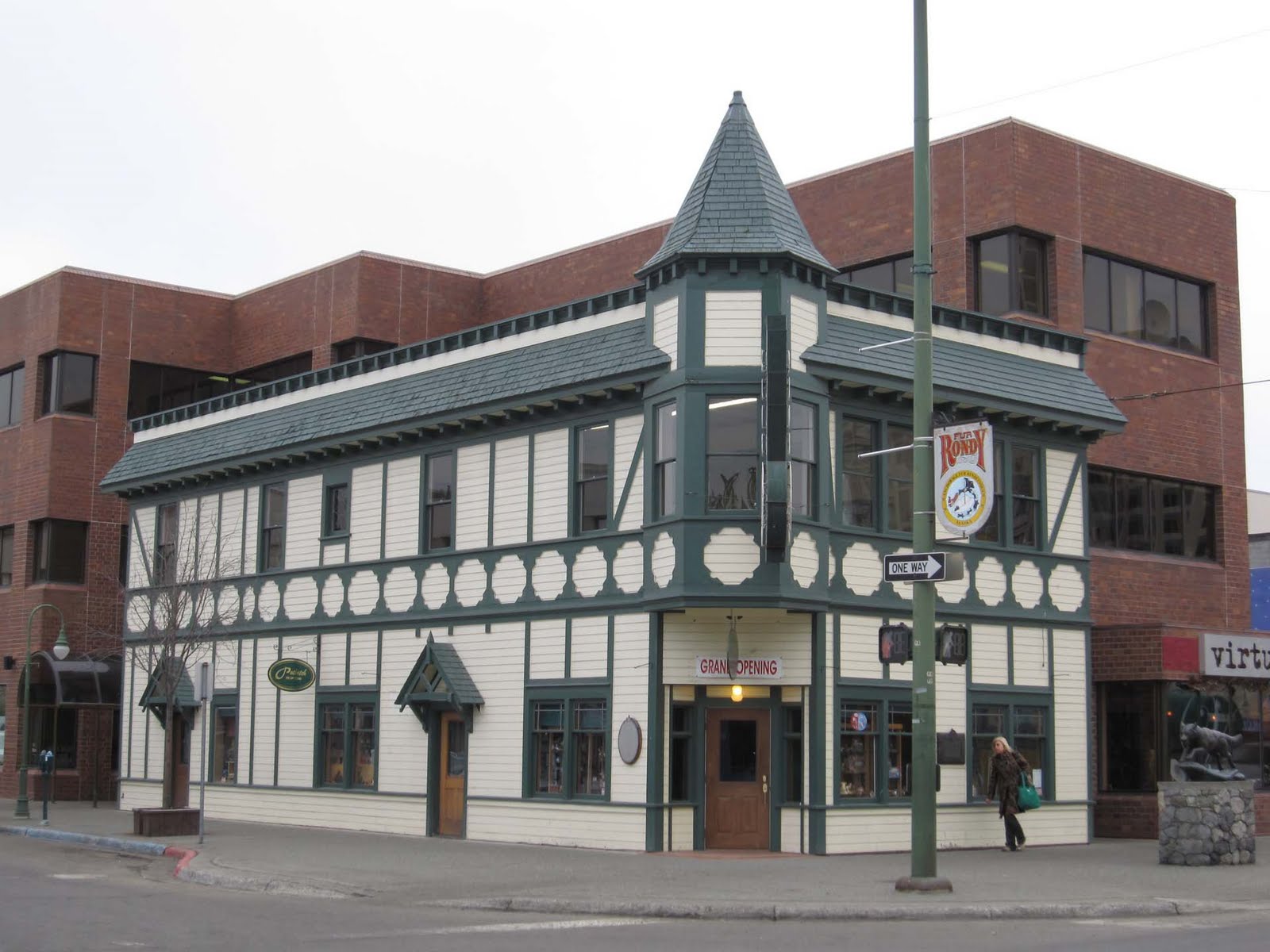
Pictured above is Club 25 in downtown Anchorage, Alaska.
Fun Facts About Anchorage Alaska includes famous buildings.
In 1985, they relocated the Wendler Building from its original address on 4th Avenue and I Street to 400 D Street in 1985.
Originally constructed in 1915 during Anchorage's tent city days. The building housed the Larson & Wendler Grocery business, run by A.J. “Tony” Wendler, his wife Florence, and a business associate named Ray T. Larson.
In 1920, Florence Wendler converted the building into a boarding house.
Later, in 1948, Florence and her daughters changed the boarding house into Club 25, which was a private club for the women of Anchorage.
Tony and Myrtle Wendler's daughter, Myrtle Wendler Stalnaker, owned and operated the Club 25 restaurant until 1982.
Since 1988, the Wendler Building has been on the National Register of Historic Places.
How Spenard,
Spenard Road,
and Spenard Lake
Came to Be
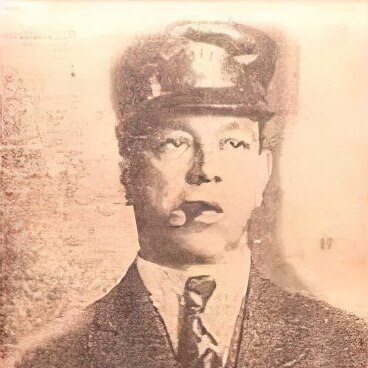
In the photo above is Joe Spenard.
In the spring of 1909, a homesteader named Thomas Jeter built a cabin on a lake that became known as Jeter Lake.
However, the Chugach National Forest covered a vast area of what is now Anchorage, and there was a law against homesteading.
Authorities forced Jeter to give up his homestead.
Not long after that, the area opened up for homesteading, and in stepped a man named Joe Spenard.
In the summer of 1916, Spenard homesteaded on 160 acres that included Jeter Lake.
Soon after, Spenard convinced the Anchorage community folks to help cut down trees to build a logging trail. The corduroy road they created, ran from 9th Avenue and L Street, across Chester and Fish Creek to Jeter Lake, so they could haul lumber to the Anchorage town site.
In the following years, that trail became known as Spenard Road, and Jeter Lake became Spenard Lake.
Did You Know?
There was a
Movie Studio on
3rd Avenue in Anchorage
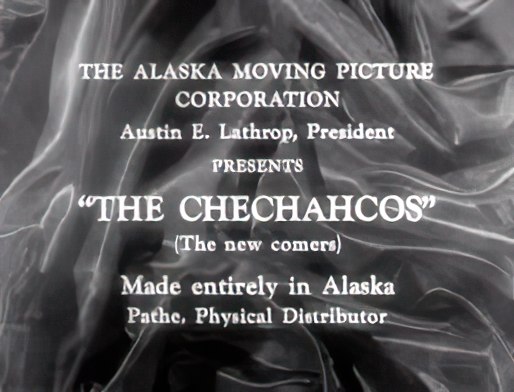
The picture above is from a silent movie filmed in Alaska and Anchorage.
Fun Facts About Anchorage Alaska brings you this look at Hollywood North.
In the summer of 1922, Cap Lathrop began the Alaska Moving Picture Corp.
The first (and only) movie they produced was the 1923 silent movie, “The Chechahcos”.
In November 1922, they constructed a 7,000 square foot movie studio at the end of Third Avenue in Anchorage.
Filming for “The Chechahcos” took place in Anchorage, Mount McKinley, and Girdwood where the movie production recreated the famous Chilkoot Pass.
After completion, the movie played to packed audiences all around the territory of Alaska.
The movie also played to movie audiences across America.
Do You Know
What was Missing?
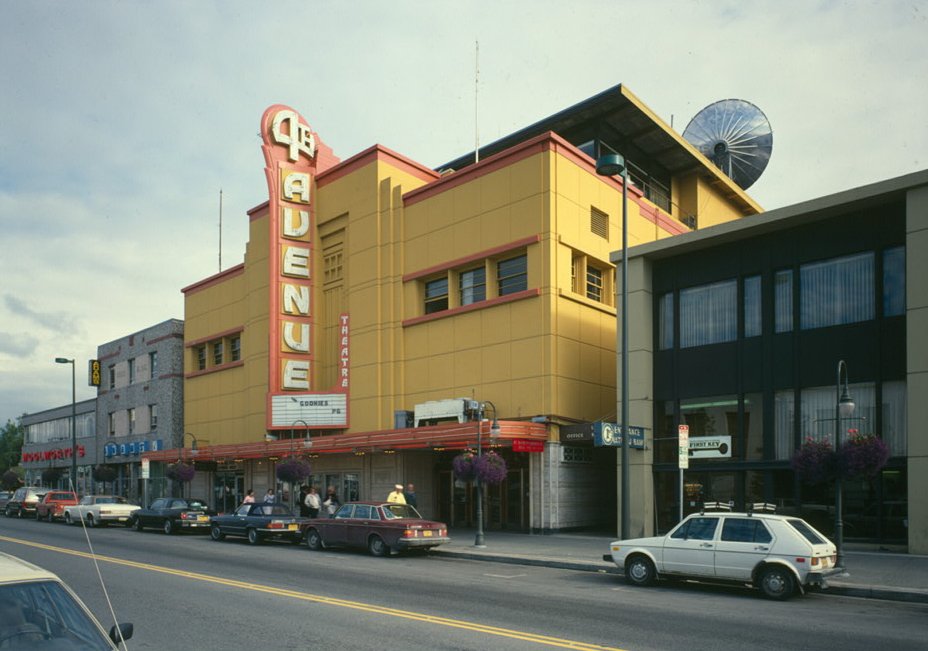
When the 4th Avenue theatre first opened on May 31, 1947, there was something missing.
The first movie shown was “The Jolson Story,” and the movie played to a packed house.
But theatergoers were unable to purchase snacks before, during, or after the movie.
Because there was no concession stand.
Cap Lathrop, who built the 4th Avenue Theatre, thought that a concession stand would be undignified, so he built the theatre without one.
Fortunately for local moviegoers, they added a concession stand in the lobby later on.
Anchorage Pioneer,
Z.J. Loussac

Click on the image above to see a short video about Z.J. Loussac and his many contributions to Anchorage.
While most remember the original Z.J. Loussac Library downtown, few people know that when Loussac first came to town, he ran a drugstore.
Anchorage's First
Newspaper
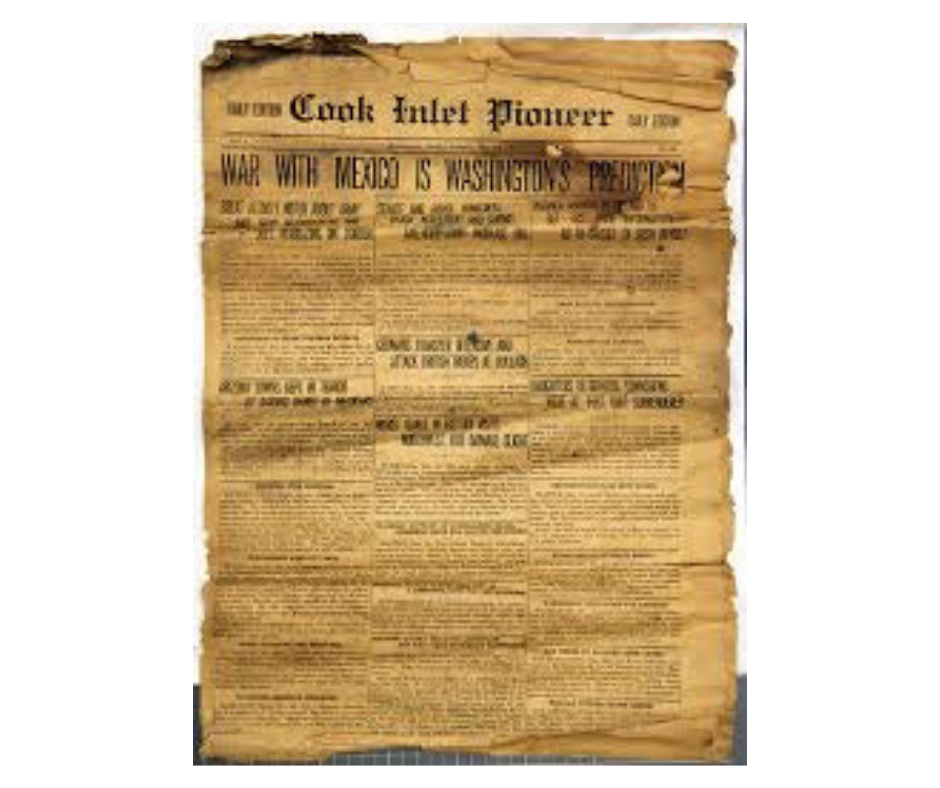
Pictured above is an issue of the Cook Inlet Pioneer newspaper.
Did you know that the Cook Inlet Pioneer was Anchorage's first daily newspaper in 1915, when the town was nothing more than a tent city?
The Cook Inlet Pioneer later became the Anchorage Daily Times.
His was the First
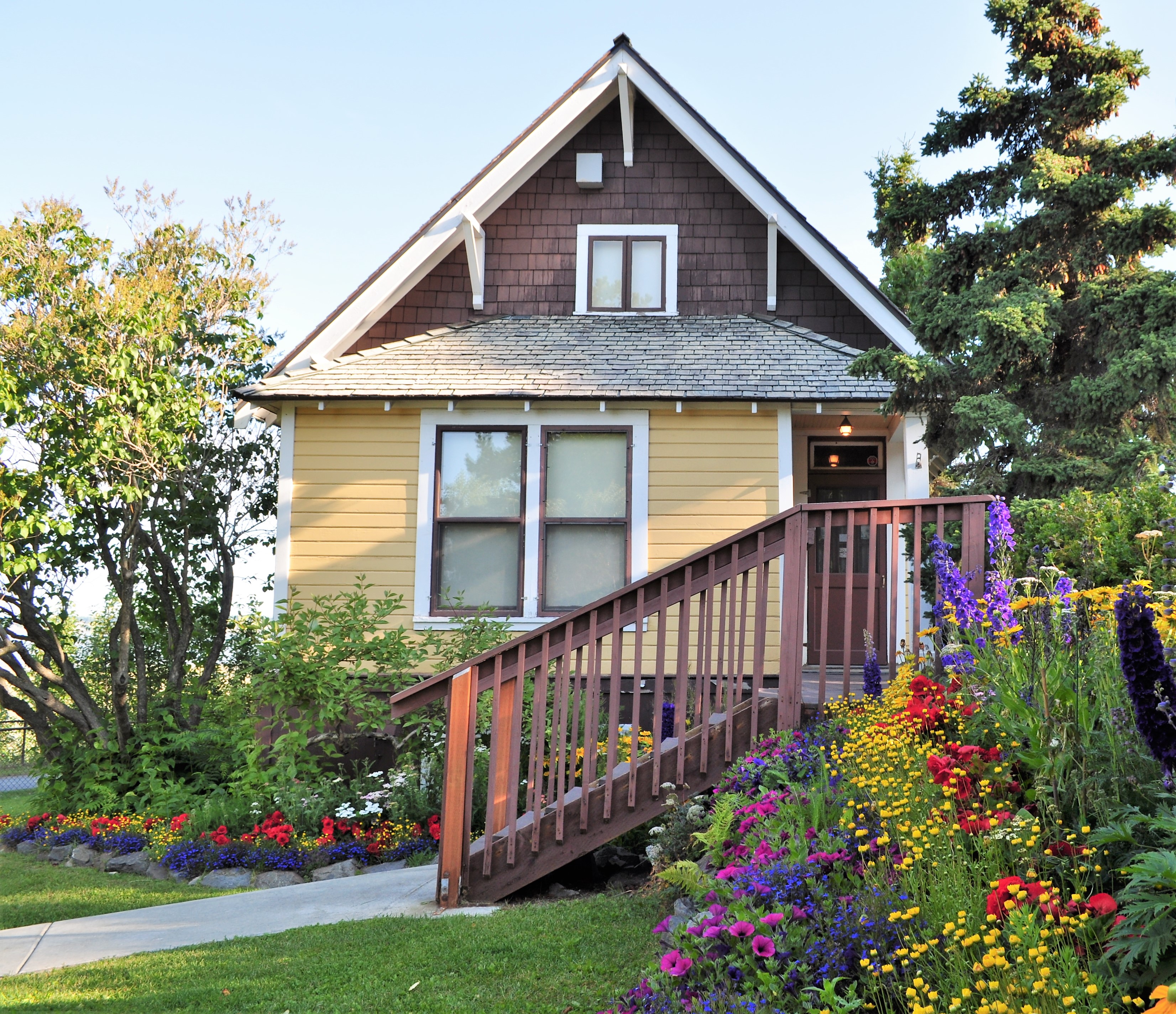
You can still visit the home pictured above.
Located at 420 M Street in Elderberry Park.
Built in 1915 by Oscar Anderson, this was the first wood-frame house in Anchorage, Alaska.
Anderson lived in this house (now a museum) until his passing in 1974.
Fun Facts
About Anchorage Alaska
Anchorage and Alaska's
First Flower Shop

Click on the image above to watch this short video about the first flower shop in Anchorage and Alaska.
The video includes a picture of the first Flowers by Bagoy location on 4th Avenue.
The First Fur Rondy Queen,
Daughter of
John and Maria Bagoy
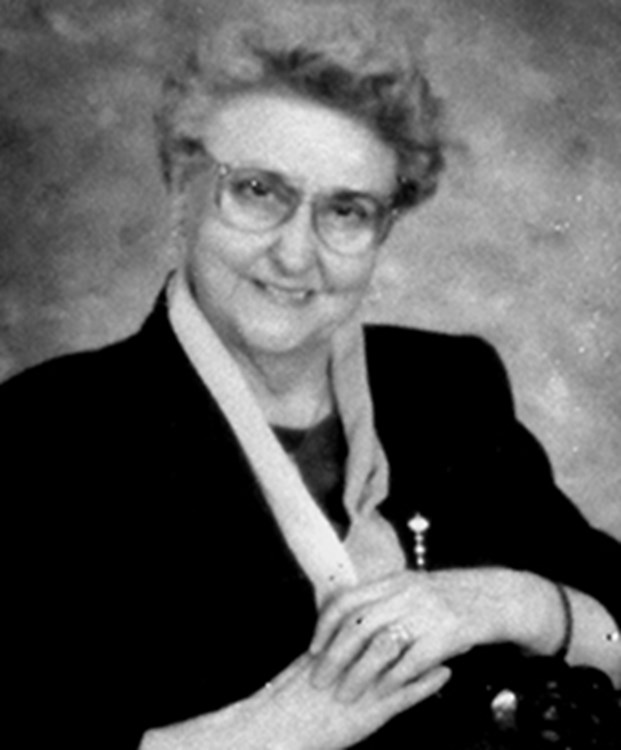
Pictured above is Eileen Bagoy.
In 1937, Eileen Bagoy, the daughter of John B. and Maria Bagoy of “Flowers by Bagoy,” became the very first Fur Rendezvous Queen.
The Anchorage Women's Club did the honors and presented Eileen with her crown.
Anchorage's First Mayor
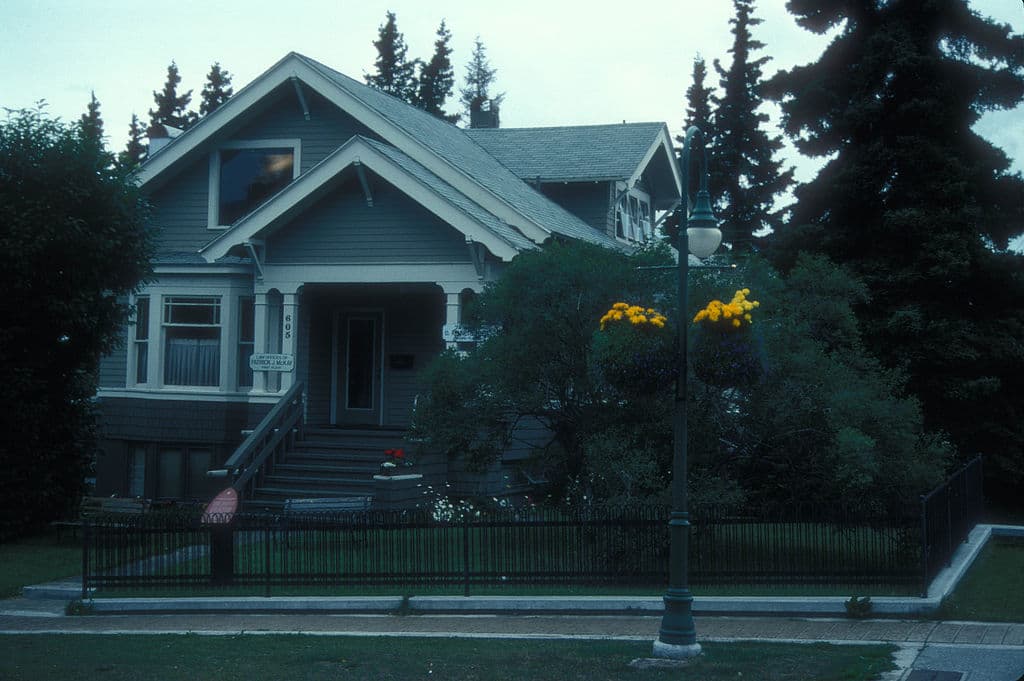
You can still see the home pictured above in Anchorage, Alaska.
Leopold David arrived in Anchorage's Tent City in 1915.
In 1917, he built the house seen above, which still stands at 605 West Second Avenue.
Leopold David had the honor of being elected the first Anchorage mayor in 1921.
Anchorage
Pioneer School House
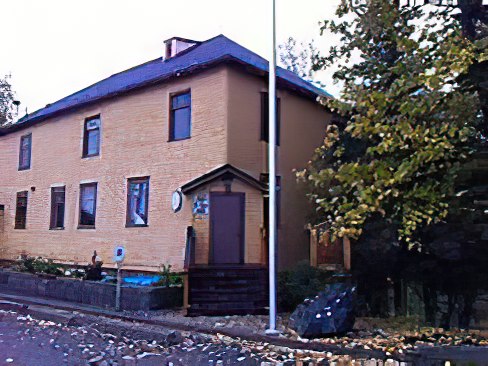
Visitors are welcome to visit this historic building.
Fun Facts about Anchorage Alaska Go to School.
Many of the workers who arrived at Ship Creek in 1915 also brought their families.
Jane Mears, the wife of Lt. Col. Fredrick Mears of the AEC, Alaska Engineering Commission, asked her husband to have a school built for the children.
But his reply was, “I'm busy building a railroad. If you want a school, you'll have to build it yourself.”
And with that, on September 16, 1915, Jane Mears and a group of the town's women formed the Anchorage Women's Club. The main goal was to build a school.
Builders used leftover material from the railroad to construct the school.
Because the new town grew so fast (by 1917 there were more than 6,000 people), the new school was only in use for a short time.
The original school then served as a community meeting and activity place with the new name, “Pioneer Hall.”
One of the First Buildings
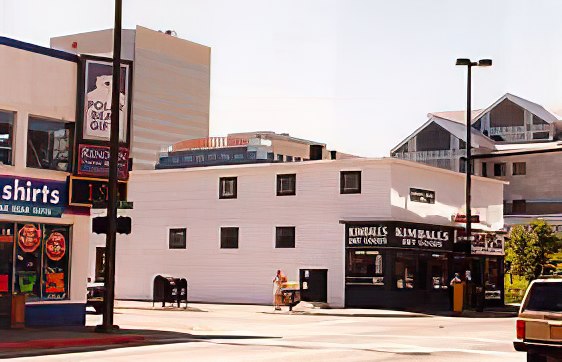
Located at 500 and 504 West 5th Avenue in Anchorage.
This iconic Anchorage store operated at this same location from 1915 to 2002.
Irving L. Kimball ran the store until his passing in 1921.
The store originally offered general merchandise, hardware, and groceries. They even sold paint for a time.
Following his passing, his wife, Della, and their daughter, Decema, ran the store. Following her mother's passing, Decema ran the store until her passing in 2002.
Kimball purchased the land for $500, and his family lived in a tent in the back of the lot while they built the store. The top floor included an apartment.
She Drove the First
Alaska Railroad Spike
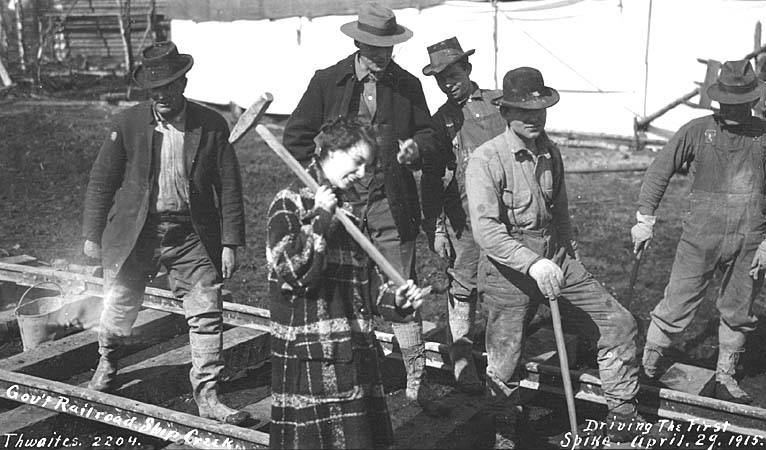
The woman pictured above is Martha "Babe" White.
Born in a cabin on the shores of Cook Inlet about 200 miles from Ship Creek and the Tent City that would become Anchorage, Martha White drove the first spike in the Alaska Railroad.
The Beginning of
Anchorage's First
A&W Drive-In
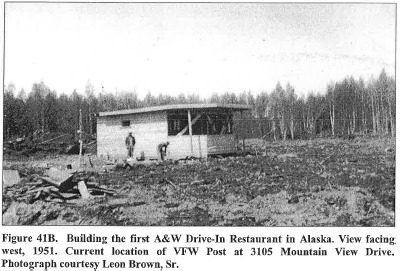
Pictured above is the construction of the A&W Drive-In.
Fun Facts About Anchorage Alaska uncovered this gem.
The year was 1951
The building pictured above was the beginning of the first drive-in restaurant in Anchorage.
Located at 3105 Mountain View Drive, Anchorage's first A&W Drive-In would also become home to Timbo and Princess, live lions who greeted visitors to the restaurant.
BONUS
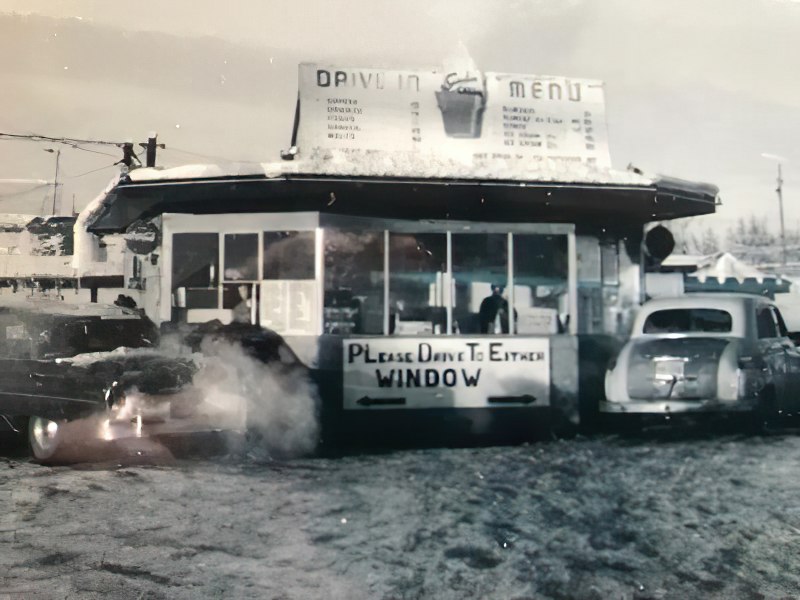
Brown's A&W Drive-In
and enjoy.
Anchorage's Park Strip
Circa 1924
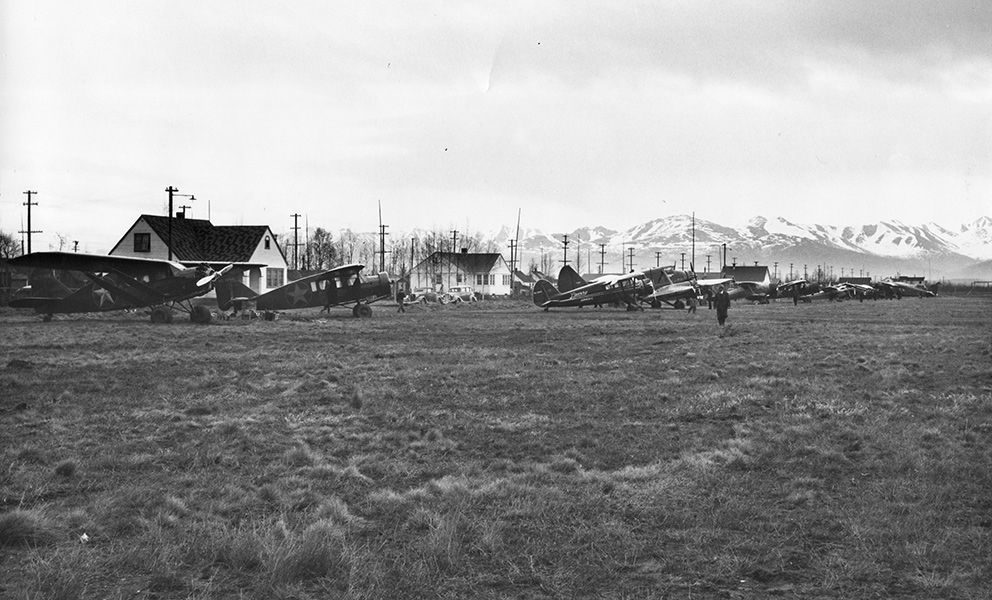
In 1923, Arthur A. Shonbeck organized the people of Anchorage to clear a section of land to serve as a firebreak for the new town of Anchorage.
That section of land would later become the 9th Avenue Park Strip.
But back then, it also became an airstrip for bush pilots and a 9-hole golf course.
Golfers had to give aircraft the right of way.
On July 4, 1924, bush pilot Noel Wien performed aerial stunts in his Hisso Standard biplane that he had named “Anchorage” to commemorate the opening of the Park Strip.
BONUS
Anchorage,
an All American City
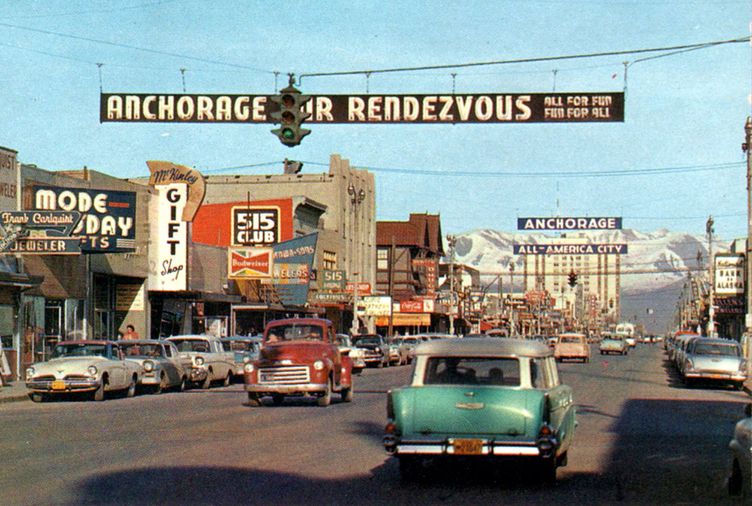
In the photo above is Anchorage, Alaska, in 1950.
Notice the sign across the street in the background that reads:
“Anchorage, All American City”?
The National Municipal League and Look magazine named Anchorage an “All American City” in 1956, 1965, 1985, and 2002.
The First in
Anchorage,
and Alaska
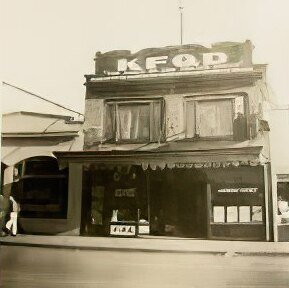
Pictured above is the KFQD radio studio on 4th Avenue in 1940.
Fun Facts about Anchorage Alaska include:
On May 17, or 24, 1924, KFQD, the first radio station in Anchorage and Alaska, began broadcasting.
Many radio personalities have called KFQD home at one time or another. These include Ron Moore, Herb Shaindlin and Marcus in the Morning.
Now, take a look at the following.
BONUS
Memories of the Anchorage you love
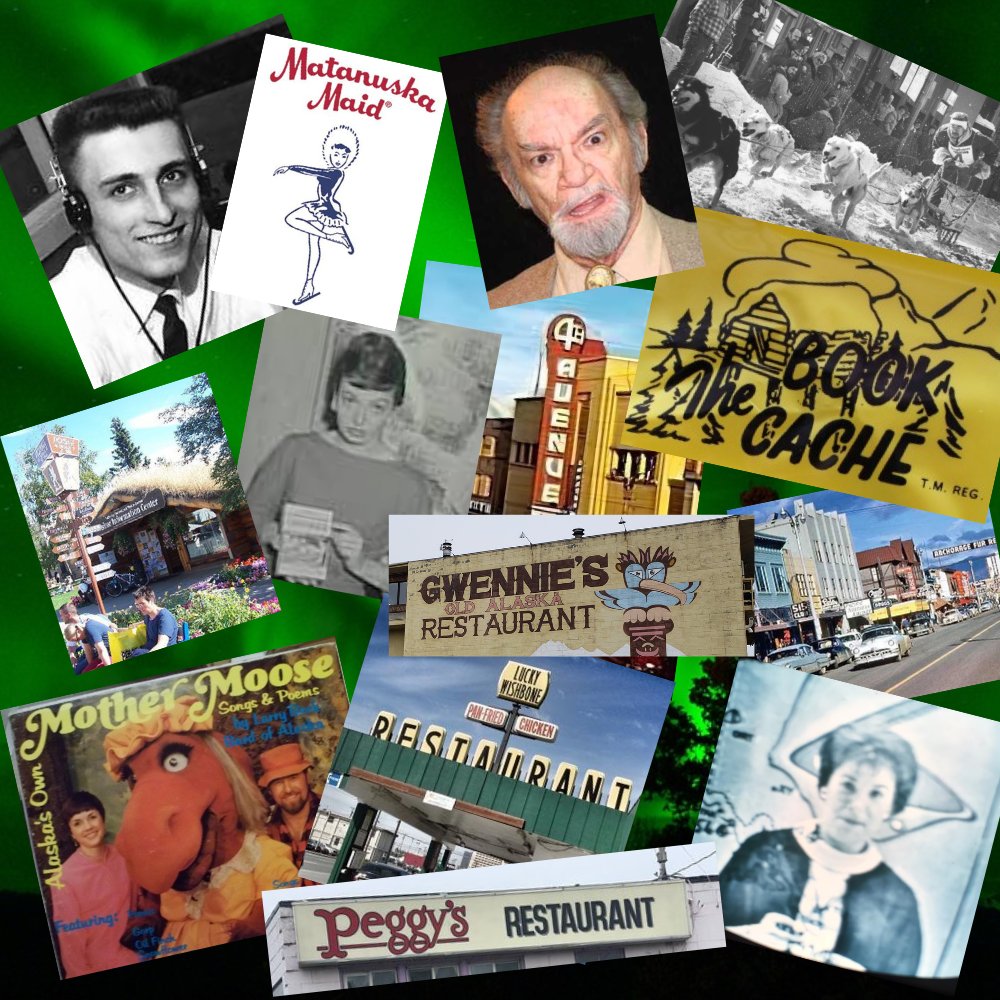
The Anchorage, Alaska Memories Club
It's FREE
*Meet the Pioneers who built Anchorage
*History of Anchorage, Alaska
*sent to you by email twice each month
The Anchorage, Alaska Memories Club
it's FREE



